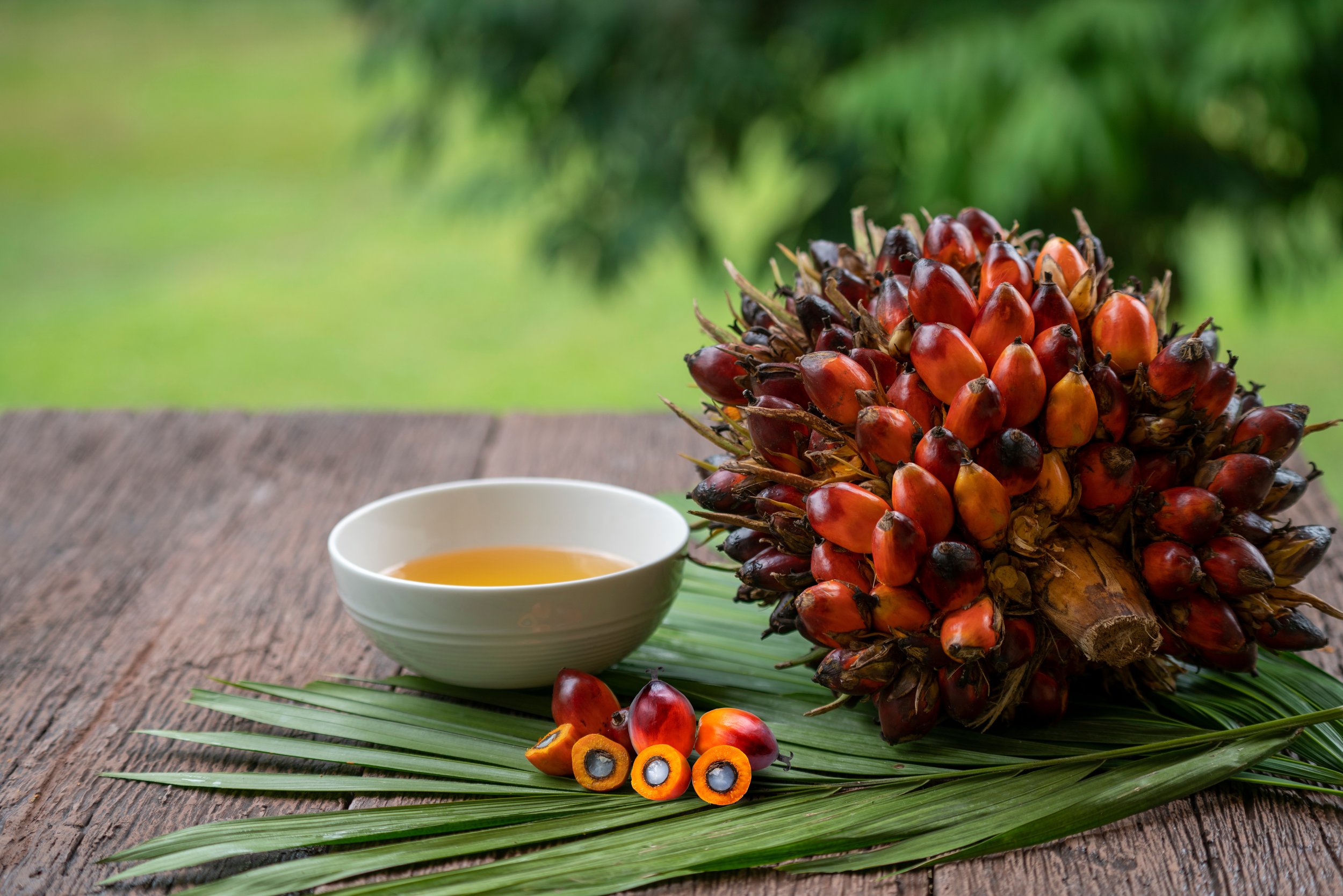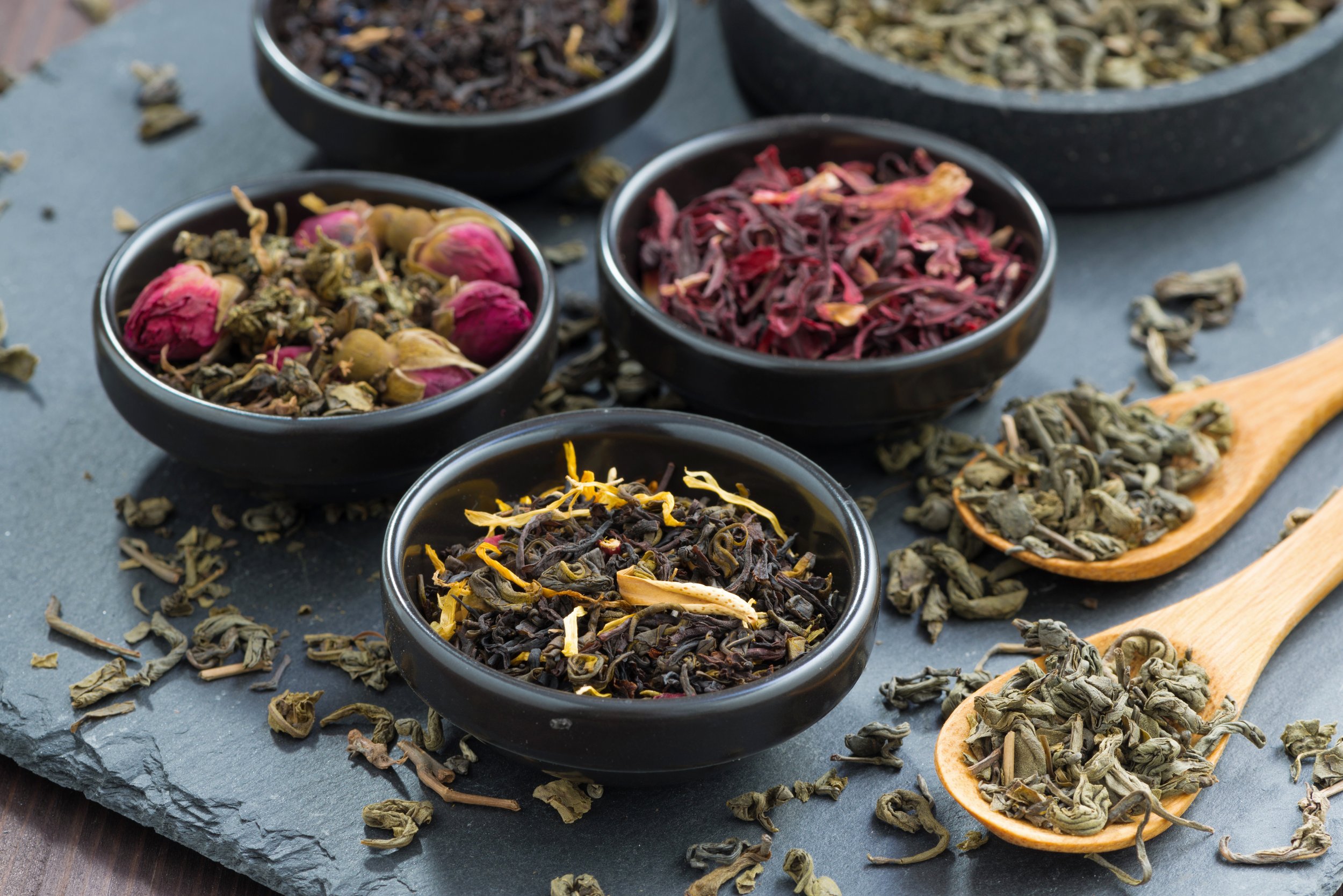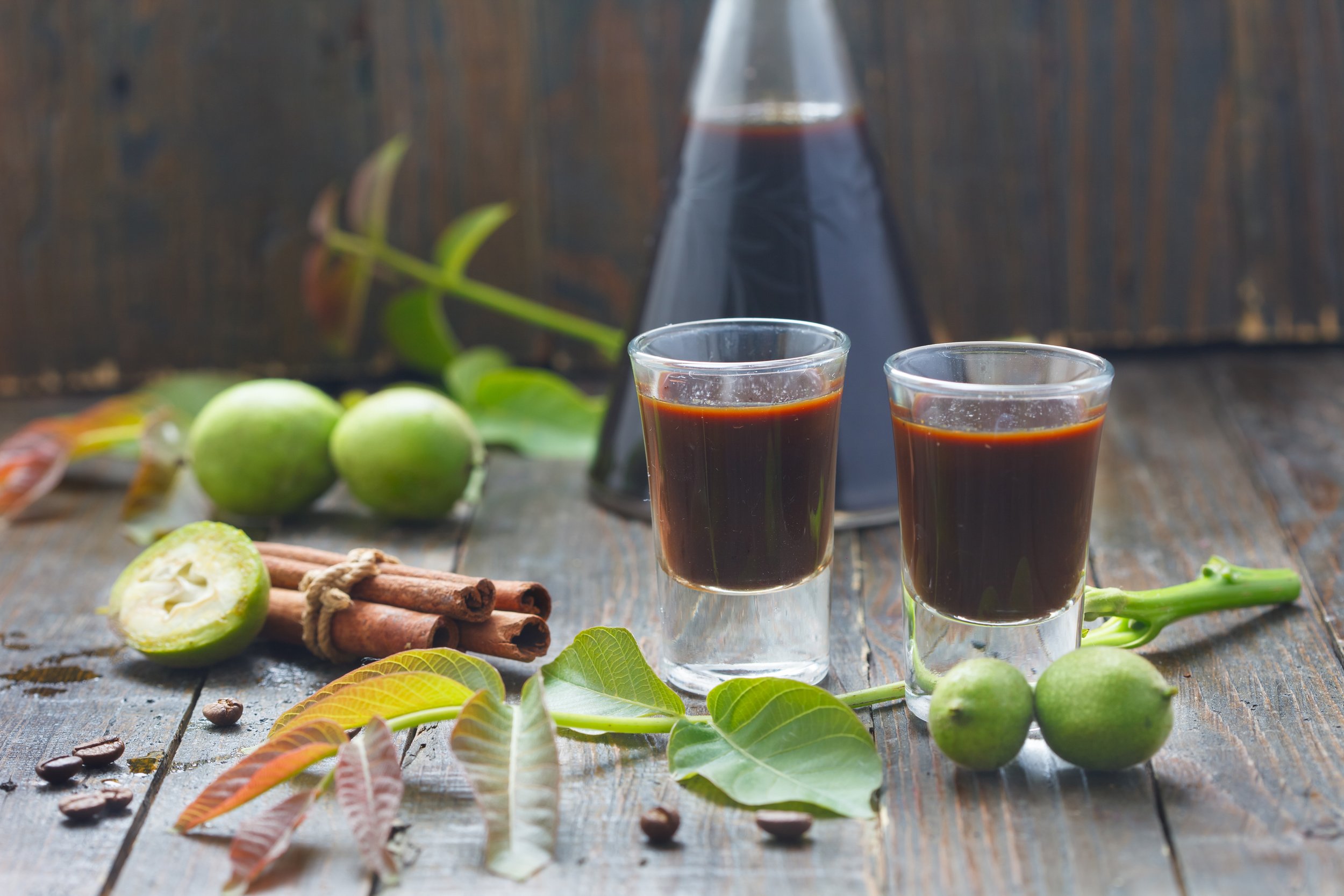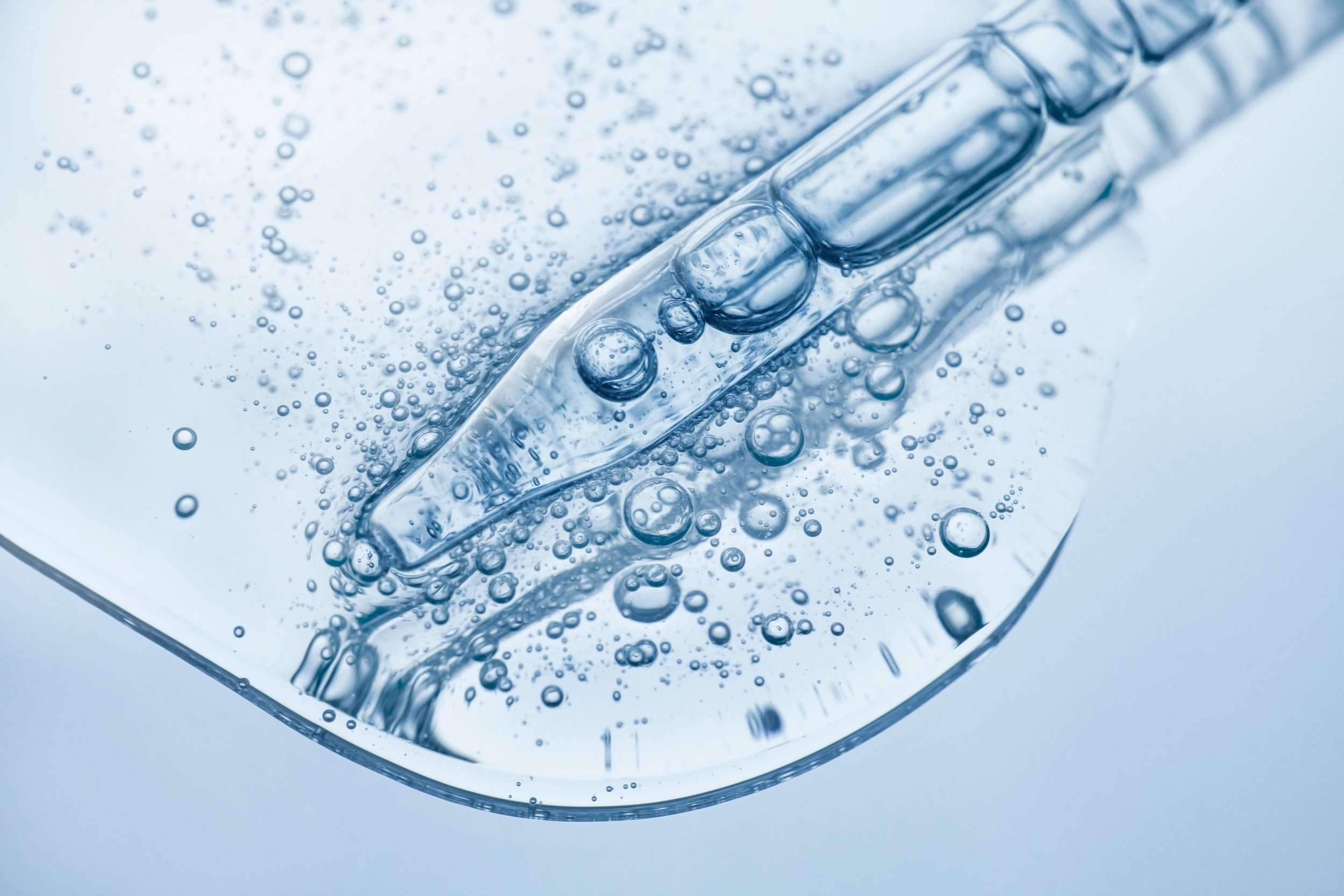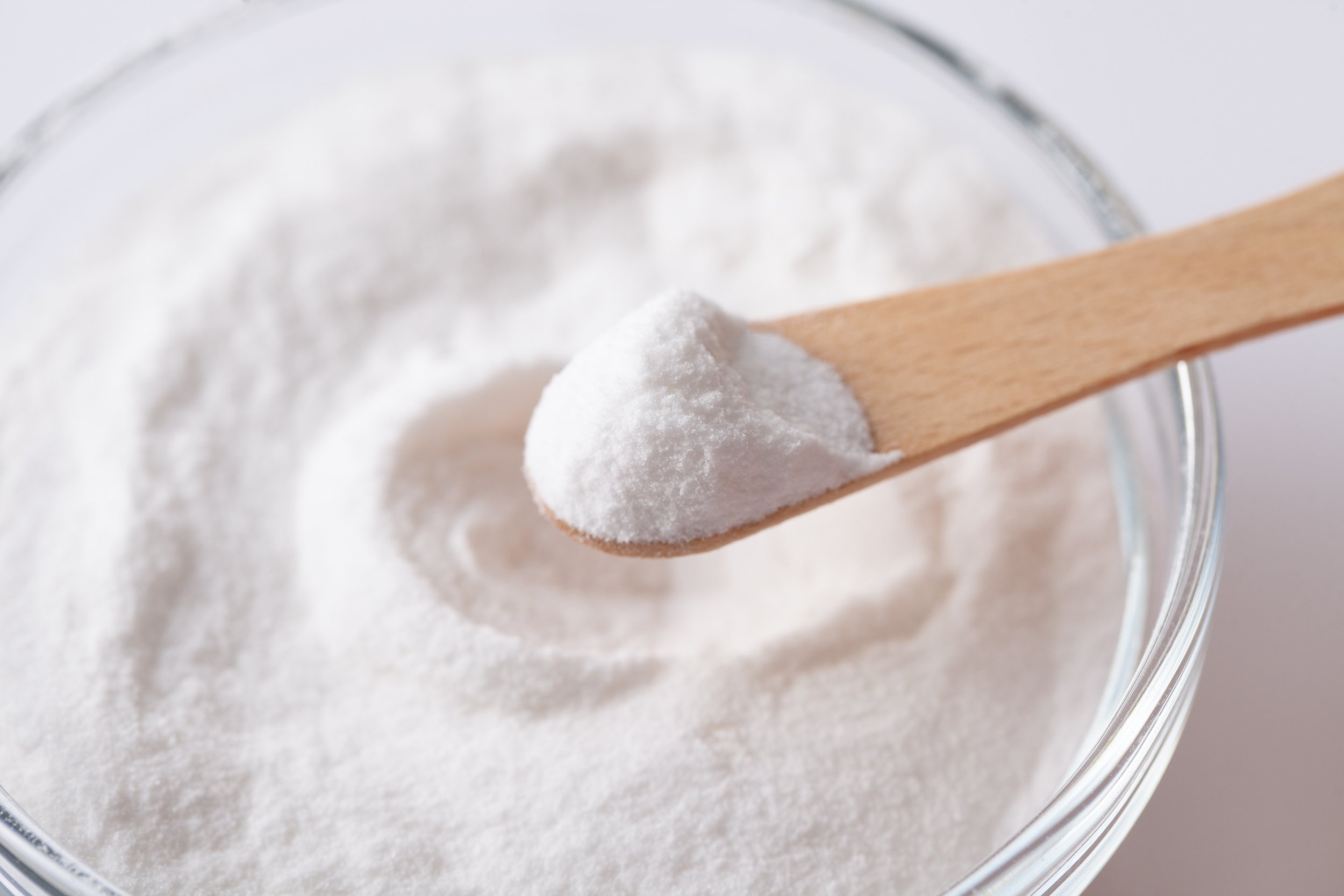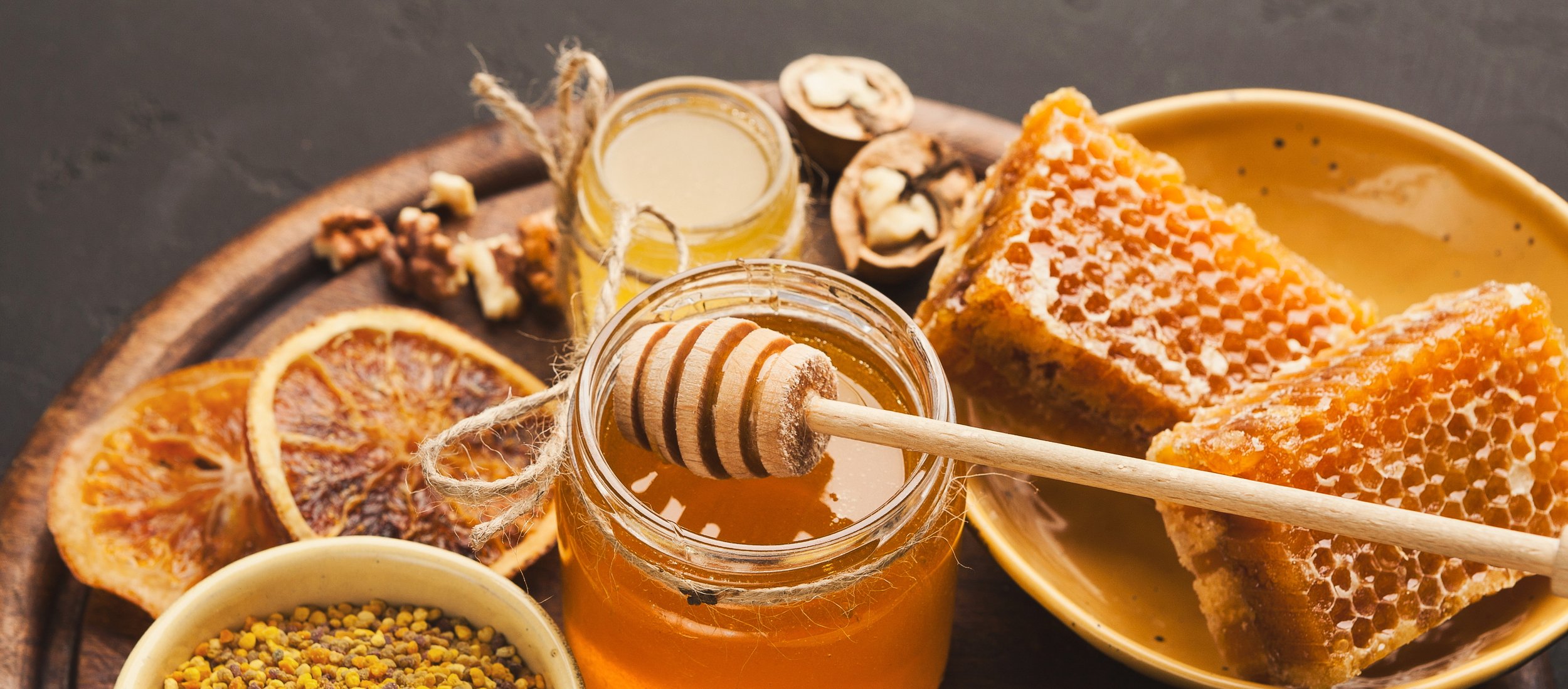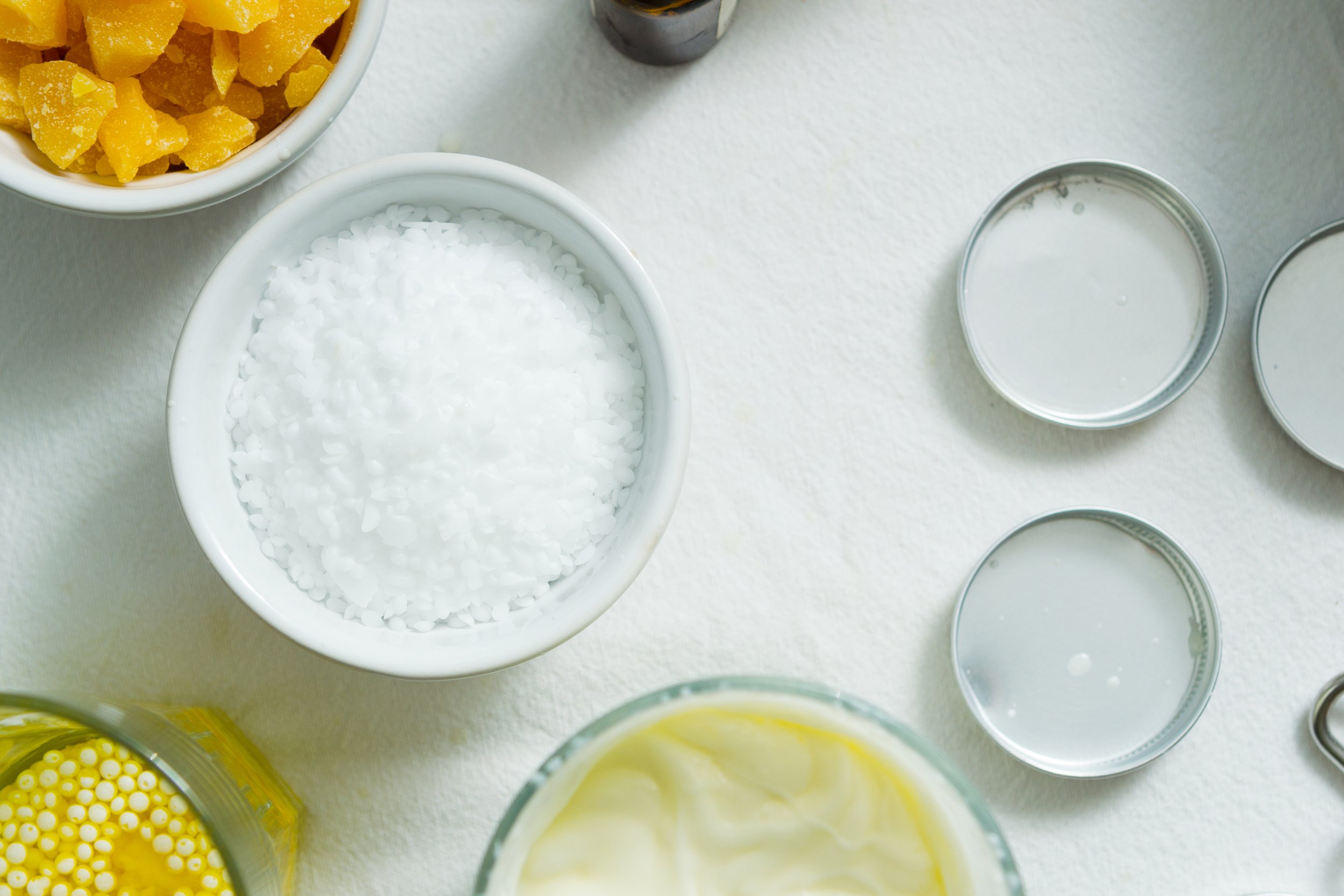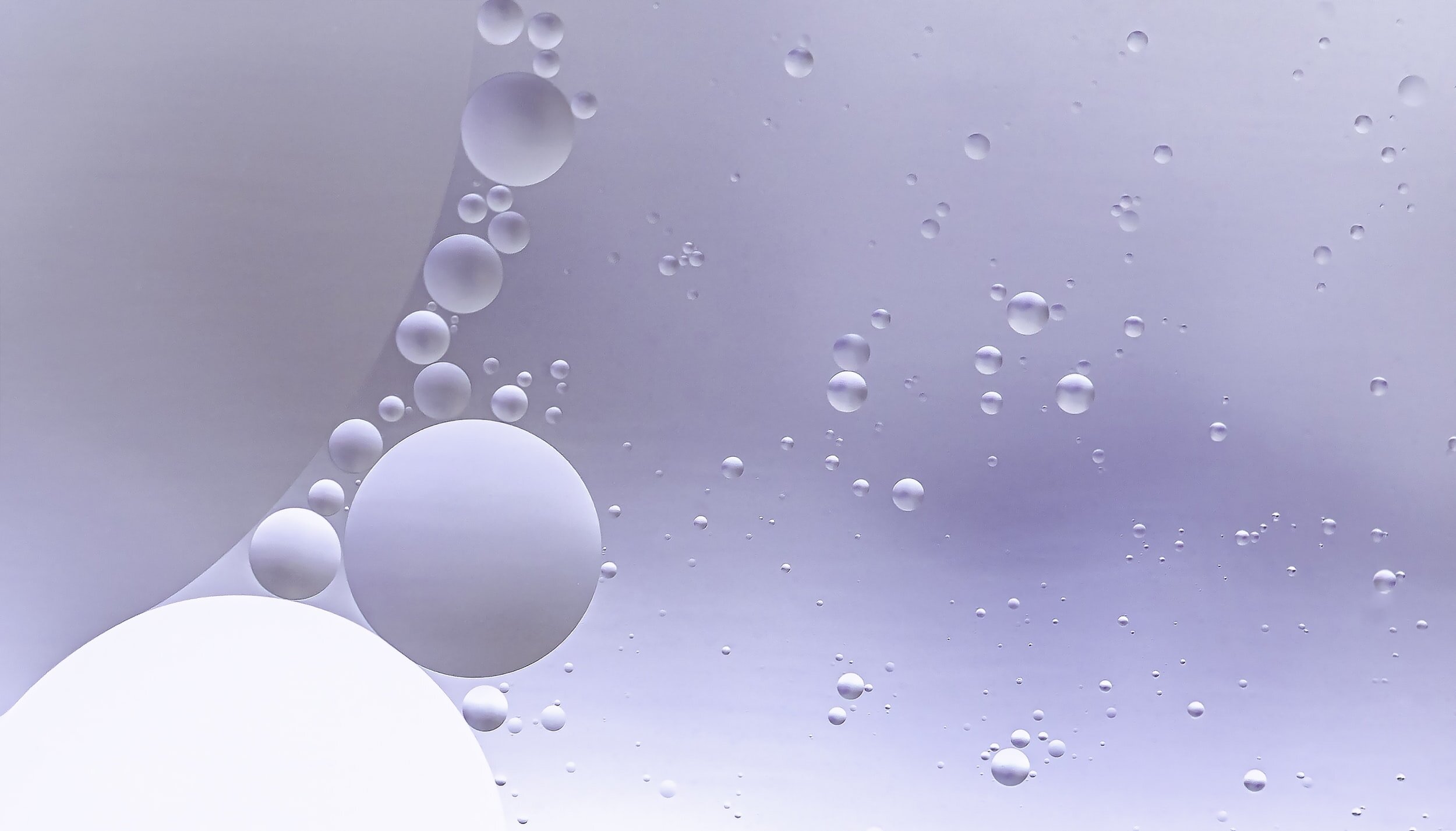Fatty Alcohols in Skin and Hair Care: Cetyl, Cetearyl, and Stearyl Alcohol
Have you ever read the label on a skin or hair product and seen the word alcohol? Perhaps you wondered, “Won’t this dry out my skin or hair?” and felt hesitant to use the product. Today, I want to shed light on a different kind of alcohol that’s actually beneficial for your skin and hair—fatty alcohols!
Today, we'll focus on three common fatty alcohols: cetyl, cetearyl, and stearyl alcohol. These are frequently found in self-care products, and for good reason. But before diving into their benefits, let’s learn more about fatty alcohols.
What are Fatty Alcohols?
Fatty alcohols are organic compounds consisting of long carbon chains ending in a hydroxyl group. Due to their structure, they are solid, usually white, and waxy in texture. Unlike typical liquid alcohols, fatty alcohols are soluble in oil but not in water, indicating they aren’t drying.
Different types of Fatty Alcohols…
Fatty alcohols vary by carbon chain length:
Cetyl Alcohol: 16 carbon atoms, perfect for lightweight lotions.
Stearyl Alcohol: 18 carbon atoms, ideal for heavier products like conditioners.
Cetearyl Alcohol: A mix of 16 to 18 carbon atoms, offering versatility.
The number of carbons gives them different characteristics when used in recipes. The less carbons the more lightweight the final formula will be. This makes cetyl alcohol perfect for lotions, but when you want a heavier formula, like in a conditioner, stearyl alcohol is perfect!
How are Fatty Alcohols made?
Although naturally found in plants, fatty alcohols usually exist in small quantities. They are commonly derived from palmitic acid and stearic acid, which are easier to source from coconut, palm, and soy. These fatty acids are hydrogenated to create solid fatty alcohols, transforming liquid oils into waxy substances with unique qualities.
Palmitic acid and stearic acid are hydrogenated to create cetyl and stearyl alcohol respectively.
Uses of Fatty Alcohols
Fatty alcohols are primarily used as emollients and emulsifiers. Their waxy texture helps create a protective layer over skin and hair, locking in moisture and providing a “slip” that detangles hair. As emulsifiers, they combine oil and water, resulting in products that hydrate and moisturize.
Are Fatty Alcohols drying?
Contrary to what you might think, fatty alcohols are not drying. Emollients improve the texture and feel of skin and hair, so don’t be alarmed when you see these ingredients on your product labels.
How to use Fatty Alcohol in your formulas….
Add fatty alcohols to your skin and hair care recipes to create thick, creamy formulas that lock in moisture. Here’s a quick guide:
Cetyl Alcohol: Use 5-40% of the recipe for lotions.
Stearyl and Cetearyl Alcohol: Use less than 20% for thicker formulas.
Since fatty alcohols are insoluble in water, add them to the oil phase when formulating. Once fully melted, blend them into the water phase using a handheld mixer. As emulsifiers, fatty alcohols help create shelf-stable products.
Fatty alcohols like cetyl, cetearyl, and stearyl alcohol are excellent for skin and hair care. They serve as emollients and emulsifiers, offering moisturizing and hydrating benefits without the drying effects associated with other types of alcohol. Incorporate these ingredients into your DIY beauty products to experience their full potential.


